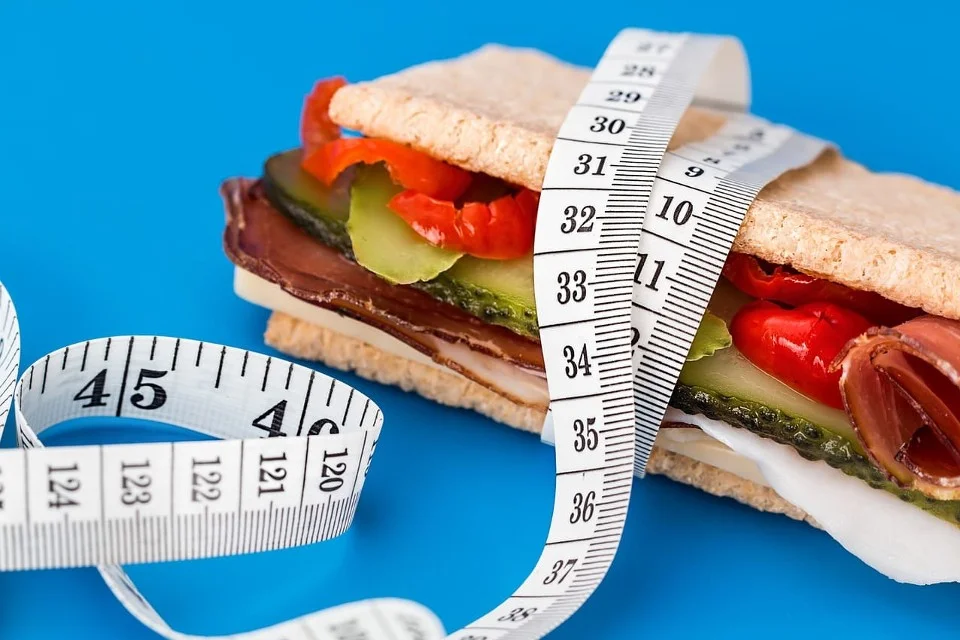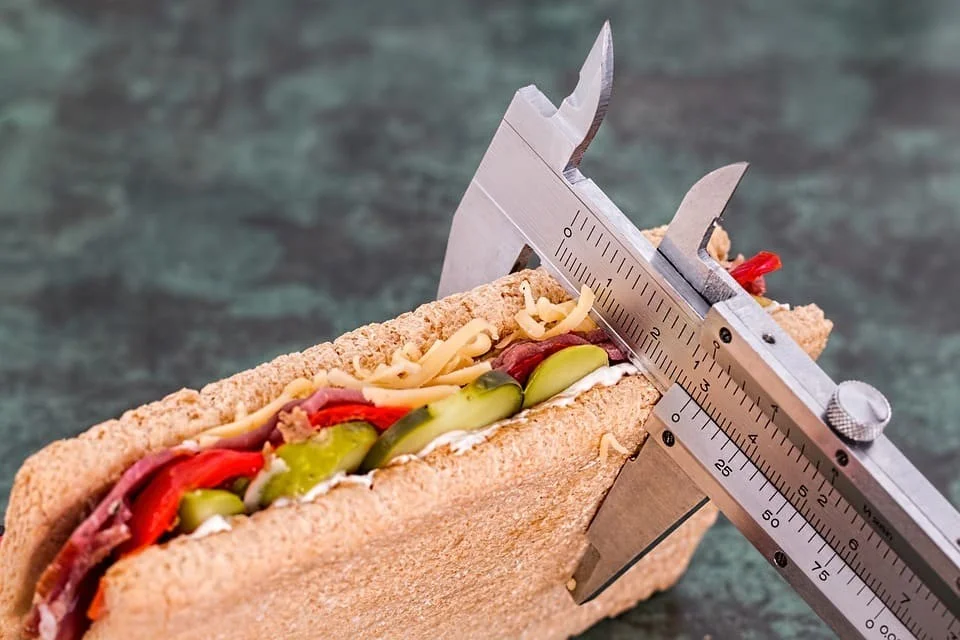How to Use Deficit Calorie Calculator
FEATURES
How to Use the Deficit Calorie Calculator to Help You Lose Weight
Introduction
When starting a weight loss journey, food adjustments and increased exercise are frequently combined. The idea of a calorie deficit—consuming less calories than the body uses—is fundamental to this process. An excellent tool for helping people set individualized, attainable goals for healthy, long-term weight loss is the deficit calories calculator.
Knowledge of Caloric Deficit
When the body uses more energy from food and drink than it takes in, there is a calorie deficit. Weight loss results by the body using up stored energy, mostly in the form of fat, in response to this imbalance. The deficit calories calculator helps you figure out how much of a calorie decrease is right to reach your weight loss objectives without sacrificing your general health.
How Calculators for Deficit Calories Operate
Basal Metabolic Rate (BMR):
The calculator typically begins by calculating the BMR based on variables including height, weight, age, and gender. The body's resting metabolic rate, or BMR, is the number of calories required for breathing and body temperature regulation.
Activity Level:
The calculator then calculates Total Daily Energy Expenditure (TDEE) by taking into account daily activities and exercise. In addition to BMR, TDEE takes physical activity-related calories burned into account.
Caloric Intake:
The calculator recommends lowering daily caloric intake below TDEE in order to produce a calorie deficit. The amount of the deficit can change depending on personal preferences and aspirations.
Individualized Weight Loss Objectives
progressive and Sustainable:
To encourage progressive and long-lasting weight loss, deficit calorie calculators frequently suggest a modest calorie deficit. This strategy reduces the possibility of nutritional shortages and encourages sustained adoption of a healthy way of living.
Setting Realistic Goals:
The calculator assists users in establishing reasonable and attainable weight loss goals by taking into account personal traits and activity levels. Unattainable objectives can sap motivation and cause discouragement.
Nutrient Distribution:
To guarantee that the decreased calorie intake maintains an adequate balance of carbs, proteins, and fats to support general health, the calculator may also offer advise on macronutrient distribution.
Tracking Development and Modifications
Losing weight requires consistency, and the deficit calories calculator can be used as a constant reference. Those who regularly assess their development are able to make necessary adjustments. The calculator can be adjusted if weight loss objectives or plateaus to guarantee ongoing success.
A Teaching Instrument for Health Awareness
Deficit calories calculators help users understand the connection between food consumption, energy expenditure, and weight control, which goes beyond weight loss and promotes health awareness. People are more equipped to make decisions regarding their nutrition and way of life thanks to this knowledge.
Conclusion:
When trying to reach and stay at a healthy weight, the deficit calories calculator is a useful tool. These tools support a more knowledgeable and successful approach to weight loss by offering tailored recommendations based on unique circumstances. Remember that developing long-lasting behaviors that support general wellbeing is more important for a successful weight loss journey than simply tracking statistics.
TOOLS
Deficit Calorie Calculator
FAQ
Calories
For inactive individuals (little to no exercise), your calorie intake equals BMR times 1.2.
If you engage in light activity or sports 1-3 days per week, your calorie calculation would be BMR x 1.375.
If you engage in moderate exercise or sports three to five days a week, your BMR multiplied by 1.5 will be your calorie calculation.
The number of calories needed each day is determined by a number of variables, such as metabolism, age, height, lifestyle, level of physical fitness, and the kinds and amounts of food consumed. For males and women, the recommended daily caloric intake is 2,500 and 2000, respectively.
Add up the Calories in One Kilogram? One kilogram of body fat has 7700 calories in total. You can reach a sustainable goal of losing 1 kg per week by creating a calorie deficit. Reducing your calorie consumption and engaging in regular exercise will help you achieve this.
Two Eggs: How Many Calories Are They? Only 148 calories, or 620 kilojoules, are found in an average serving size of two eggs, which is about equal to two apples.
A person on a restrictive diet must cut their daily caloric intake, for instance, to 1,200 calories. For some, 1,200 calories a day may be safe and beneficial, but for others, it may not be sufficient and may even result in malnourishment.
For example, a walker weighing 80 kg will burn 80 kg of calories every kilometer while walking 1 km. Calorie burn is influenced by time, walking speed, and body weight.
For sixty minutes, run at an 8 mph rate to complete your cardio workout. If you weigh 200 pounds, you can burn about 1,000 calories by running at 8 mph for an hour (91 kg). You might have to run a little bit quicker if you're lighter but still want to spend an hour or so at the gym.
How much should I eat in protein? The average adult requires 0.75g of protein per kilogram of body weight per day (45g for women and 55g for men). That equates to roughly two servings of fish, meat, nuts, or tofu per day. A protein portion should, roughly speaking, be the size of your palm.
Reviews
Ratings Summary:
Average Rating: 4.8
Rating Count: 12456
Existing Reviews
John Doe
Rating: 4
Great product, highly recommended!
Jane Smith
Rating: 5
Amazing service, will definitely come back.
Quick Calorie Estimation Tool
Thank you for using our services
If you could share our website with your friends, that would be a great help









